RAMADAN is a unique and special time for Muslims in Britain and across the world. It is a time to reflect on and renew their faith, through devotion and spirituality, while fulfilling the five pillars of Islam.
During this hugely important time of prayer and fasting, the message of Ramadan is one we can all relate to – especially the importance of charity and compassion. These core values at the heart of Islamic faith are the very same values that those of all faiths or none can aspire to.
Ramadan represents the true spirit of Islam, as Muslims fast to pray and show their devotion not only to faith, but to those in need. Making these sacrifices ...reminds us of the small luxuries we often take for granted. It is a reminder of the admirable devotion the Muslim community gives to its faith.
I am proud to belong to a party that champions freedom of belief and celebrates people from all faiths and backgrounds.
British Muslims make a tremendous contribution to our country, helping to drive our growth, contributing to our nation’s spirit of community and charity by volunteering and helping to shape Britain’s culture.
We need to make our country more resilient, secure, and prosperous.
We have seen how Ramadan brings out the best of humanity, from the small acts of kindness to the community spirit mosques are showing in welcoming people of all faiths and none to share in the Iftar meal.
We are a great country, but we have lost our way. Britain needs to work hard to make sure multi-culturalism isn’t something that becomes divisive.
May Ramadan unite us as we celebrate our shared values and promote peace, reflection and harmony.
(The author is an MP and co-chairman of Conservative Party)

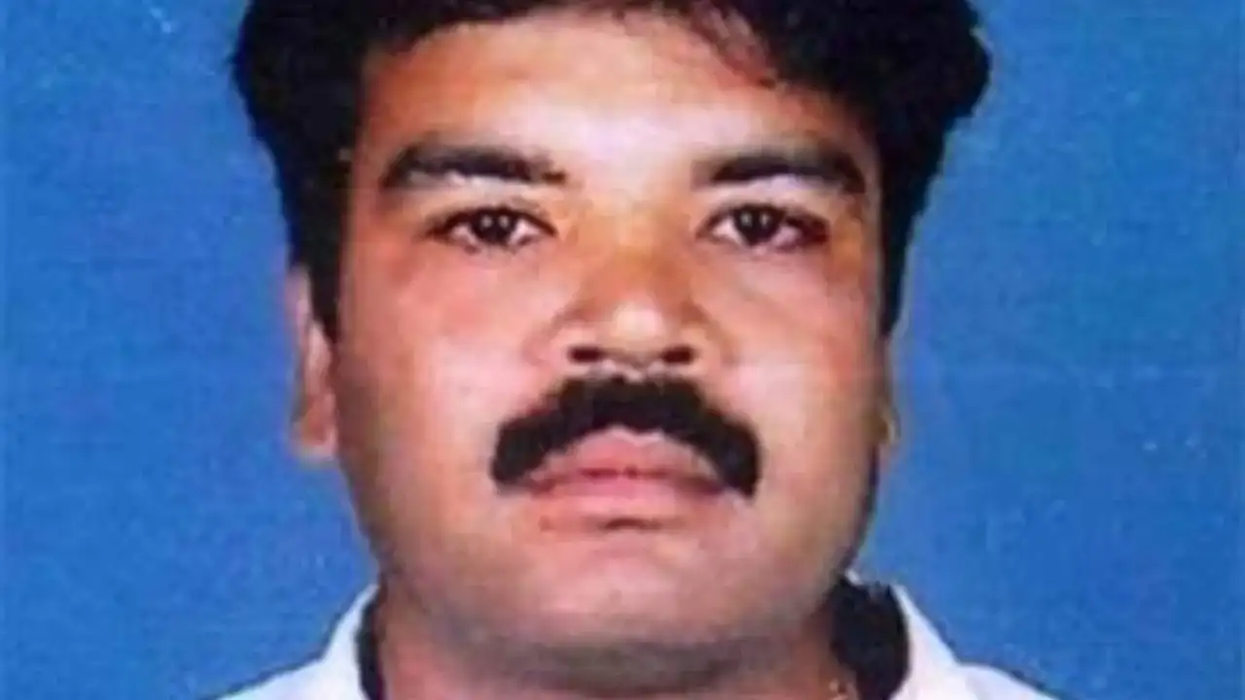














 Heehs describes two principal approaches to biographyAMG
Heehs describes two principal approaches to biographyAMG
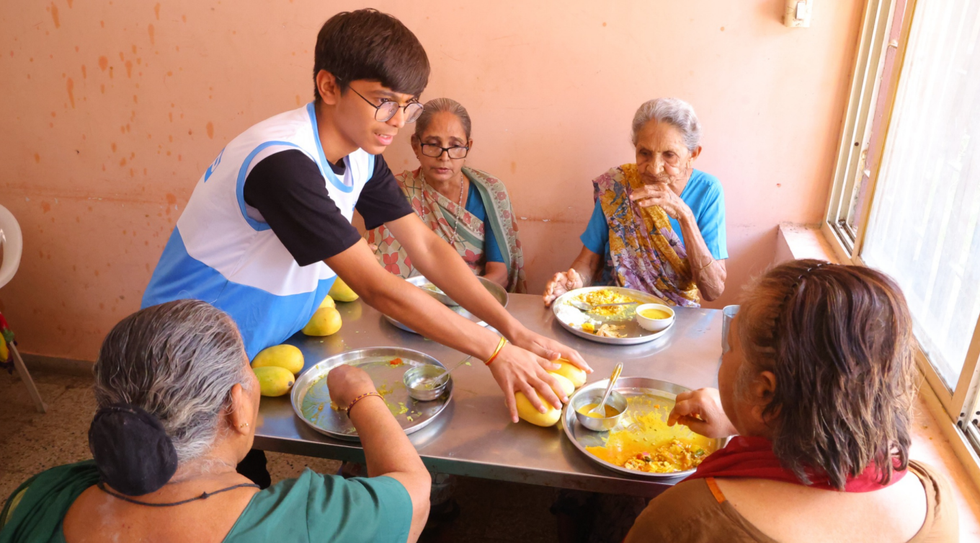 Thousands of mangoes were handed out to individuals from economically weaker backgroundsSGVP
Thousands of mangoes were handed out to individuals from economically weaker backgroundsSGVP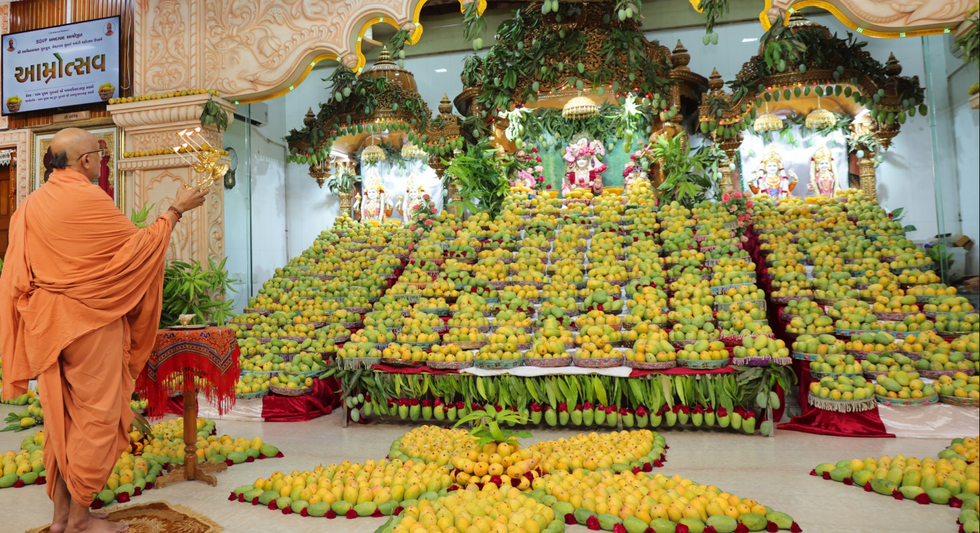 With the support of its spiritual and community leadersSGVP
With the support of its spiritual and community leadersSGVP
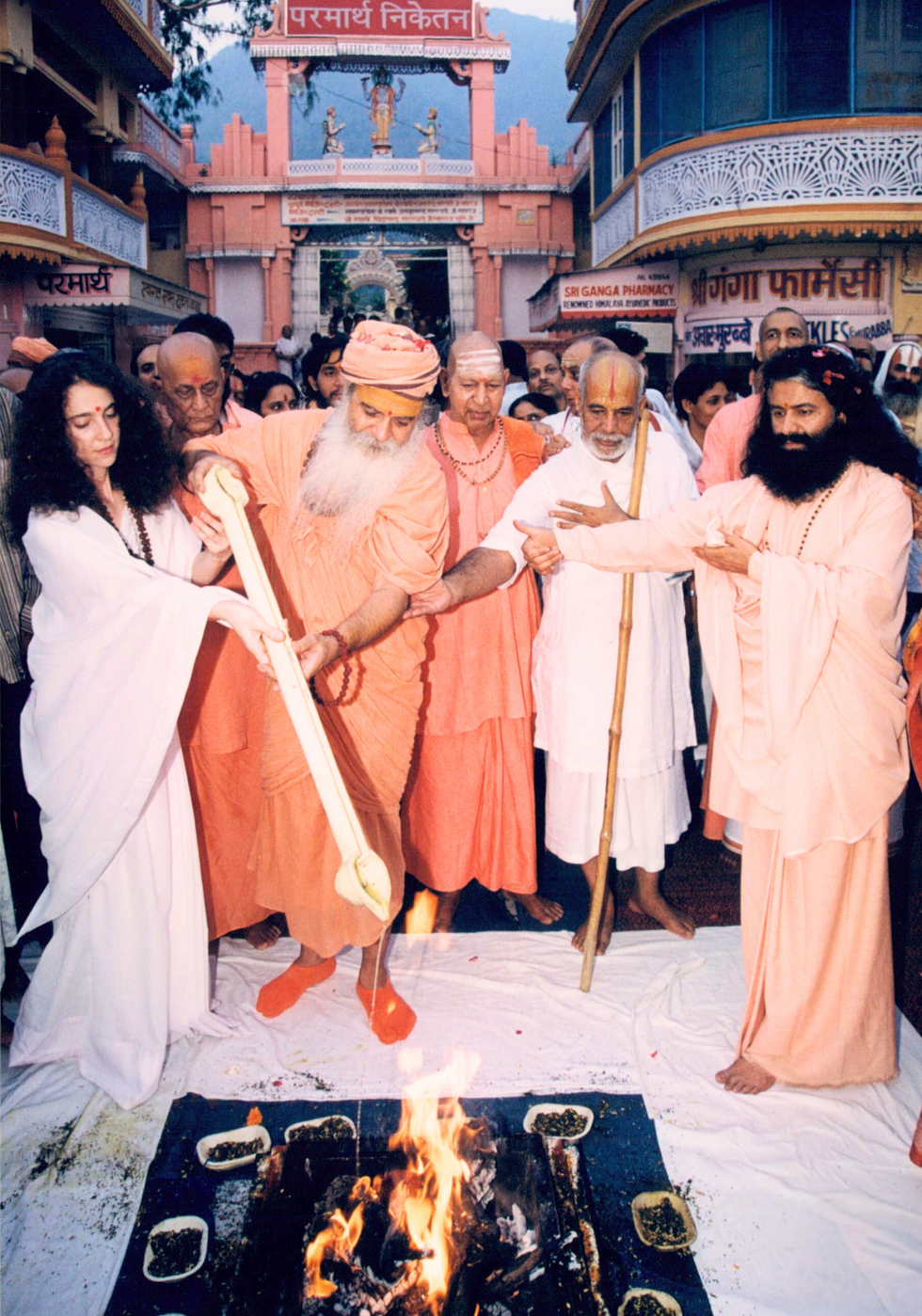 Parmarth Niketan will mark the 25th sanyas anniversary of Pujya Sadhvi Bhagawati SaraswatijiParmarth Niketan
Parmarth Niketan will mark the 25th sanyas anniversary of Pujya Sadhvi Bhagawati SaraswatijiParmarth Niketan
 His captivating delivery and deep spiritual insight resonated strongly with attendeesCrawley Hindu
His captivating delivery and deep spiritual insight resonated strongly with attendeesCrawley Hindu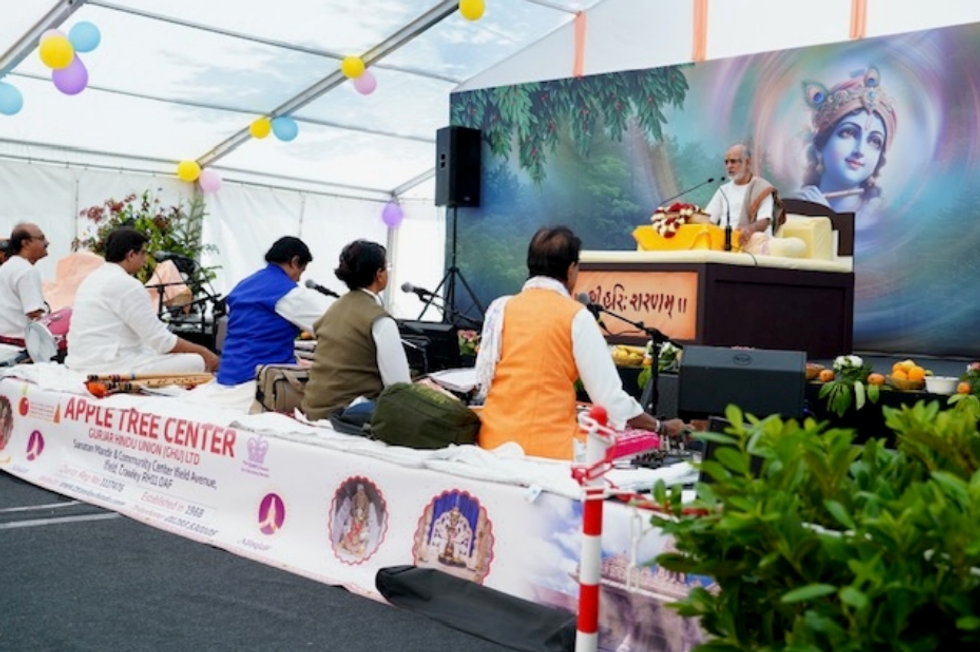 creating an atmosphere of devotion and reflection.Crawley Hindu
creating an atmosphere of devotion and reflection.Crawley Hindu